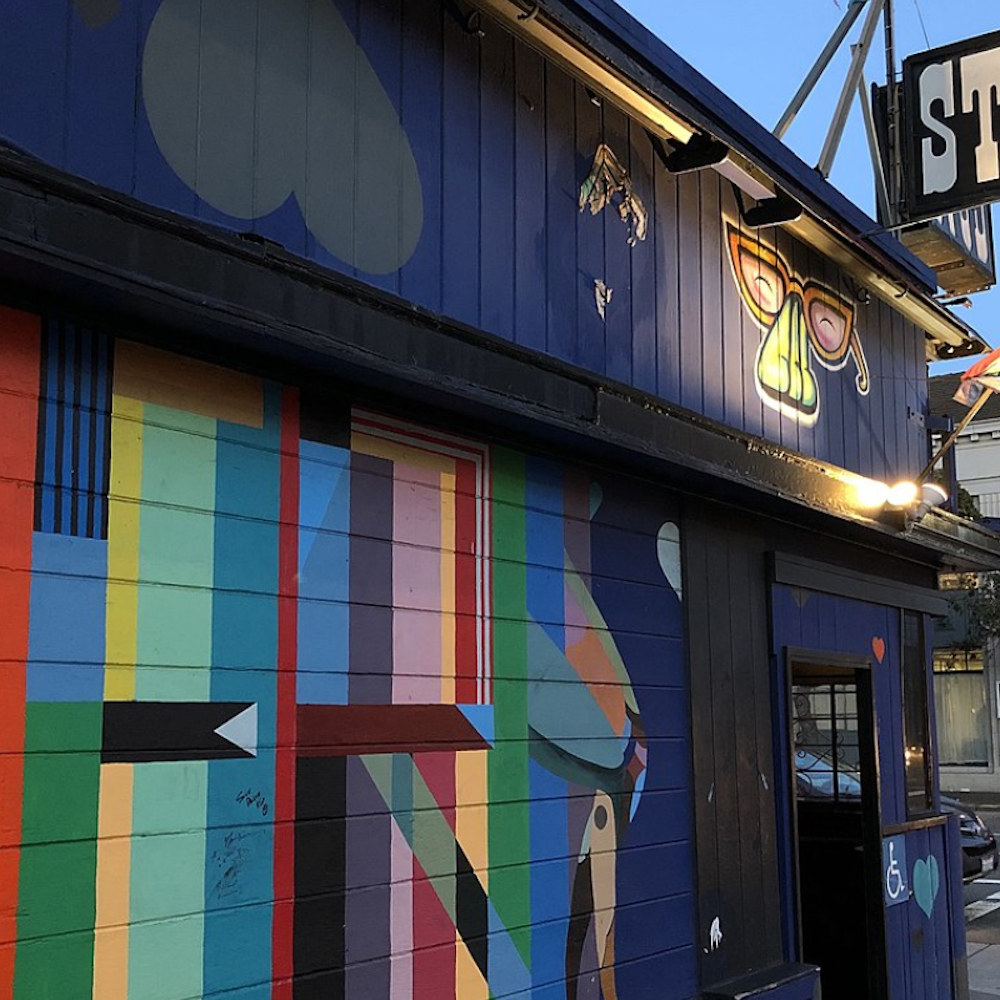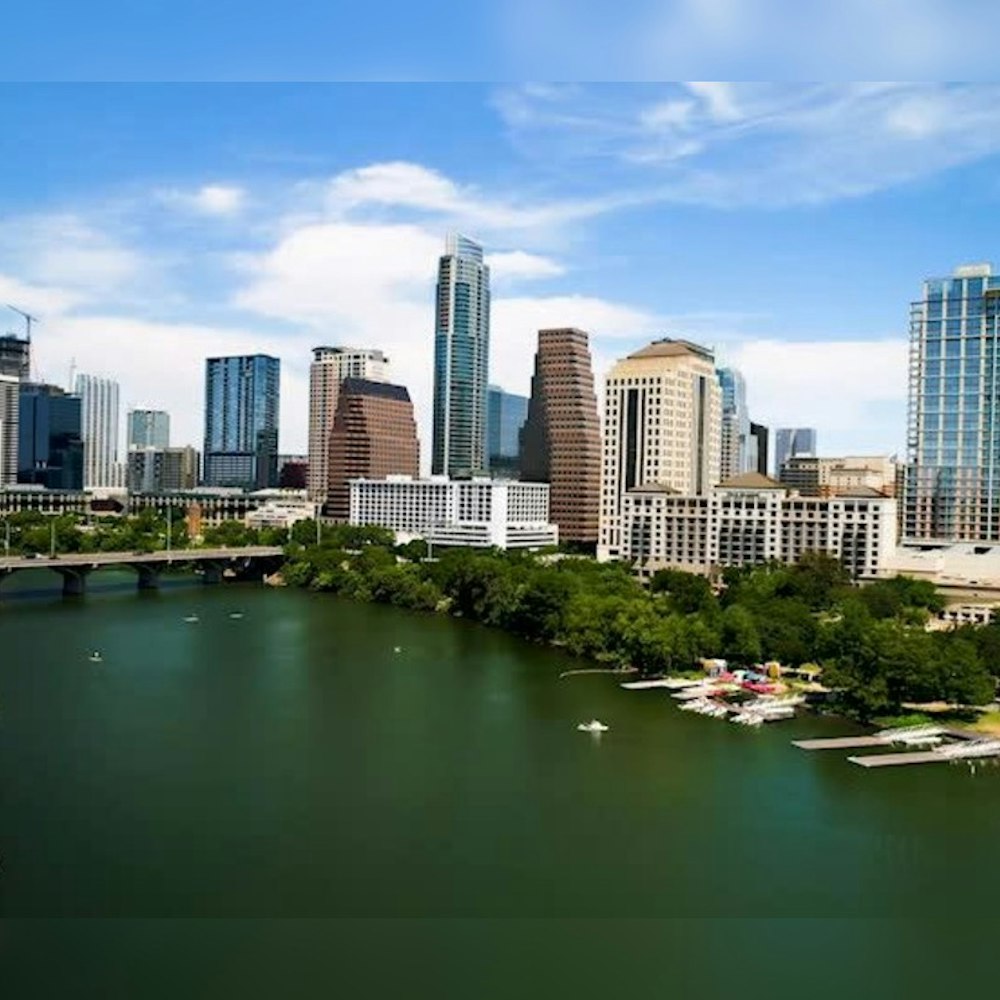
After the turn of the 20th century, Oakland’s population more than doubled to over 150,000 residents, many of whom were refugees from San Francisco’s 1906 earthquake. Builders were overwhelmed, and materials grew sparse and expensive.
As California’s population and economy grew before the 1906 quake, native trees were hit hard in the rush to build new homes, businesses and railroads. To promote reforestation, the legislature passed the California Tree Culture Act in 1868.
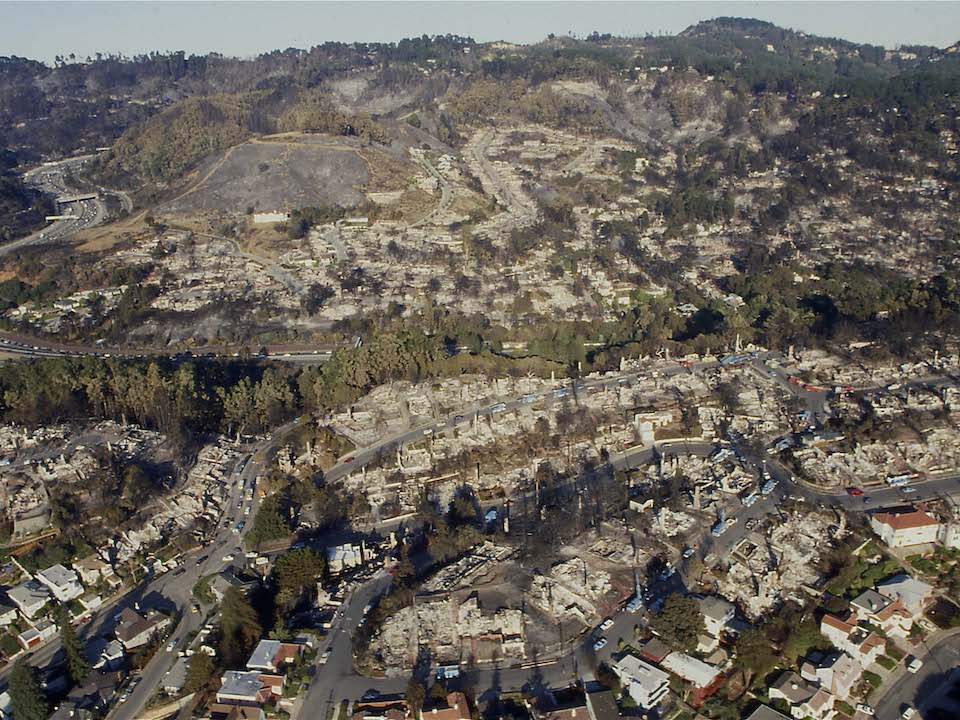
Seeing an opportunity, lawyer and real estate developer Frank C. Havens jumped on the bandwagon that was rumbling through California at the time: the planting and harvesting of Australian eucalyptus.
After discovering how quickly Australian eucalyptus trees — particularly the blue gum variety — grew in the Bay Area's Mediterranean climate, entrepreneurs planted millions of the imports. More than a century later, the fragrant trees are all over the state.
In 1910, Havens planted twenty miles of eucalyptus saplings in the Oakland Hills, establishing nine plant nurseries, a sawmill and an arboretum.
Four years later, the entire operation was worthless; harvested eucalyptus wood shrank, warped and decayed rapidly. The material was so shoddy, it could not even be used for railroad ties or fence posts.
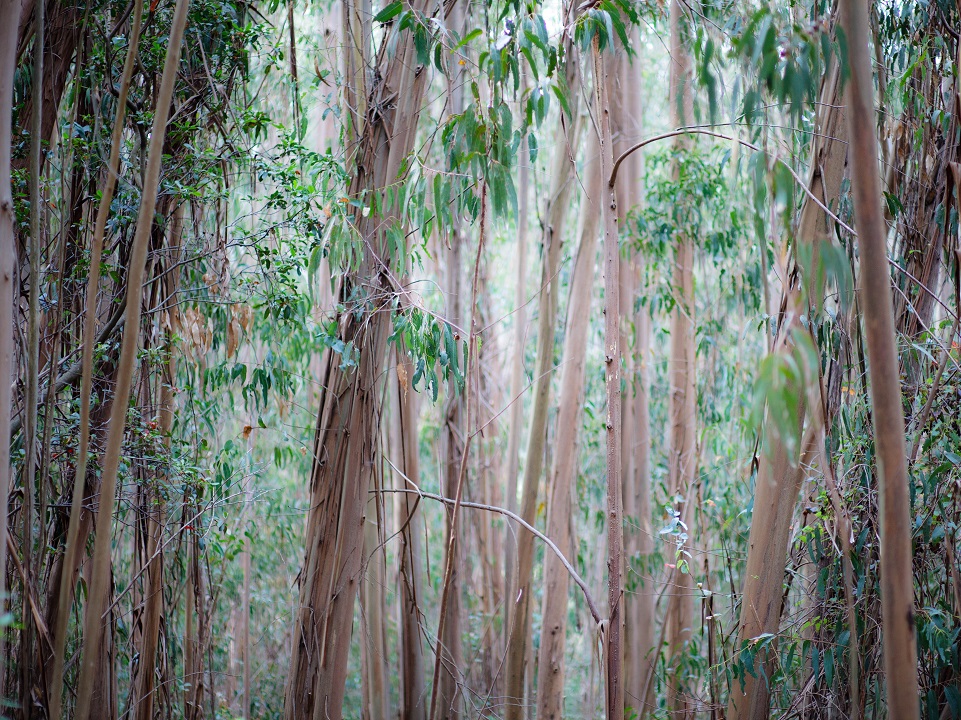
The problem was maturity; blue gum trees needed 75 to 100 years of growth to make good building material. Relatively minor differences in climate between California and Australia, particularly higher rainfall in the latter, may have also contributed to the species’ spectacular failure as a cash crop.
Haven's folly left Oakland with a deadly legacy. Since 1923, nearly 20 major fires have erupted in eucalyptus forests, most notably the Oakland Hills Fire, which killed 25 people and destroyed 3500 homes in 1991.
Eucalyptus trees are filled with a volatile oil that can cause burning trees to literally explode. Fallen leaves, branches and bark resist fungal decay, creating a highly flammable carpet of litter. Additionally, Haven's forest was densely planted on hills regularly pummeled by the Diablos, a hot, dry, wind that spreads fire and hot embers quickly.
After years of drought, the Oakland Hills' eucalyptus are once again in the perfect condition for a firestorm.
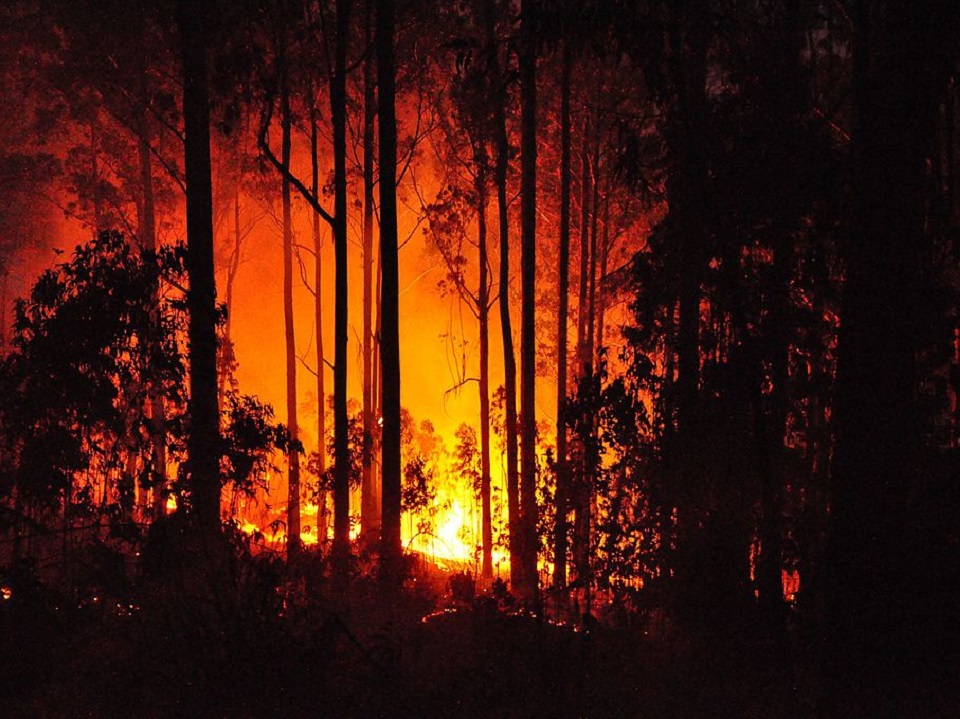
Despite the potential for danger, environmental groups and safety experts can't agree on a way forward. After more than 20 years of debate, in 2015 a coalition of agencies were granted $5.6 million by the Federal Emergency Management Agency (FEMA) to reduce the risk of wildfire by replacing eucalyptus with native species.
Environmentalist group Hills Conservation Network opposed the FEMA on grounds that its plan could make the hills more vulnerable to fire by opening it up to native grasses that dry and alight easily. Opponents say large-scale eucalyptus culls would also disrupt the hills' ecosystem, which supports a wide variety of plants and animals.
FEMA settled the suit in September 2016 by withholding funds for tree removal from UC Berkeley and the city of Oakland; $2.6 million is still slated to go to the East Bay Regional Park District (EBRPD) to remove brush and eucalyptus on 540 acres, but now the Sierra Club is fighting FEMA's plan on grounds that it doesn't go far enough.
As the battle over how to manage Oakland's eucalyptus forests continues, the trees are taller and drier now than they were a quarter-century ago. As a 2001 EBRPD report stated, "the reasons why the 1991 fire could not be stopped still exist today in many locations throughout the East Bay Hills."




